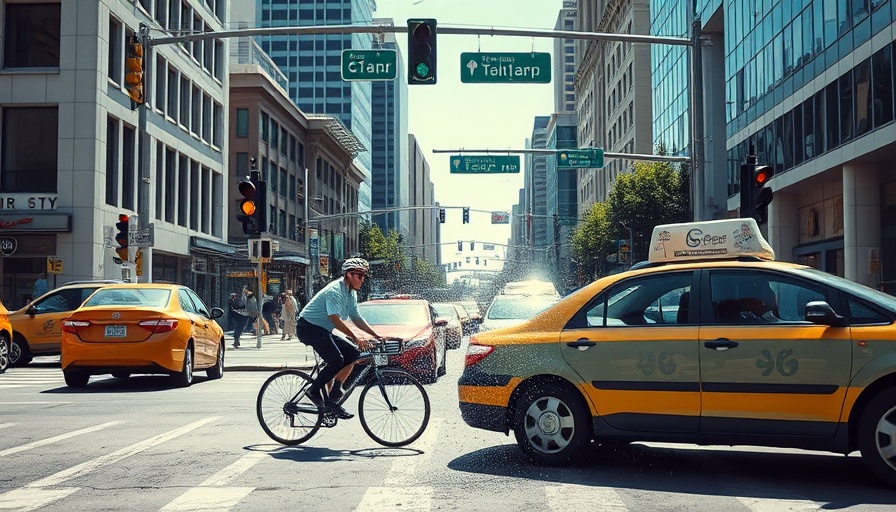
The Birth of New York: A Tale of Conquest and Identity
The origins of New York’s name tell a story not just of geography, but of geopolitics, cultural fusion, and a tumultuous past. In 1664, the Dutch colony of New Amsterdam surrendered to the English, marking a profound shift not only in power dynamics but also in cultural identity. Russell Shorto’s works, particularly The Island At The Center of The World and Taking Manhattan, vividly narrate the events surrounding this transformation.
A Major Shift in Power
New Amsterdam, established by the Dutch in the early 1600s, was a hub for commerce and trade, known for its tolerance and diverse population. However, internal unrest and the Dutch state’s focus on European conflicts led to vulnerabilities. In 1664, the English seized control, driven by the strategic importance of the region. The colony’s renaming to New York, in honor of the Duke of York, symbolized this new era.
Forgotten Figures and Historical Insights
Interestingly, the transition from New Amsterdam to New York is often overshadowed by the larger-than-life characters that defined American history. Shorto’s exploration reveals the significant yet forgotten individuals who were instrumental during these events. Understanding their roles not just enlightens us about our past but allows a deeper appreciation for the city today.
The Cultural Legacy of New Amsterdam
New York’s modern cultural landscape continues to echo its Dutch roots. The city’s street names and certain customs bear witness to its origin. Terms like "Bowery," derived from the Dutch word for "farm," remind us of the agricultural beginnings that once characterized the area. Moreover, the city’s enduring diversity is a legacy of the inclusive environment cultivated by early Dutch settlers.
A Reflective Moment for Professionals
For today’s lawyers, accountants, and medical professionals, comprehending New York’s rich historical context may provide more than just trivia; it offers a sense of belonging to a narrative that has evolved over centuries. As the city has transformed, so too have its challenges and its triumphs, reflecting the resilience required in today’s professional landscape. Understanding this shared heritage fosters a richer connection to the city where they operate.
In reflecting on how New York gained its name through a blend of adventure and betrayal, one recognizes the intricate layers that make this city not just a location, but a significant player in global history. Engaging with such histories encourages all of us to consider the futures we are charting today.
 Add Row
Add Row  Add Element
Add Element 



Write A Comment